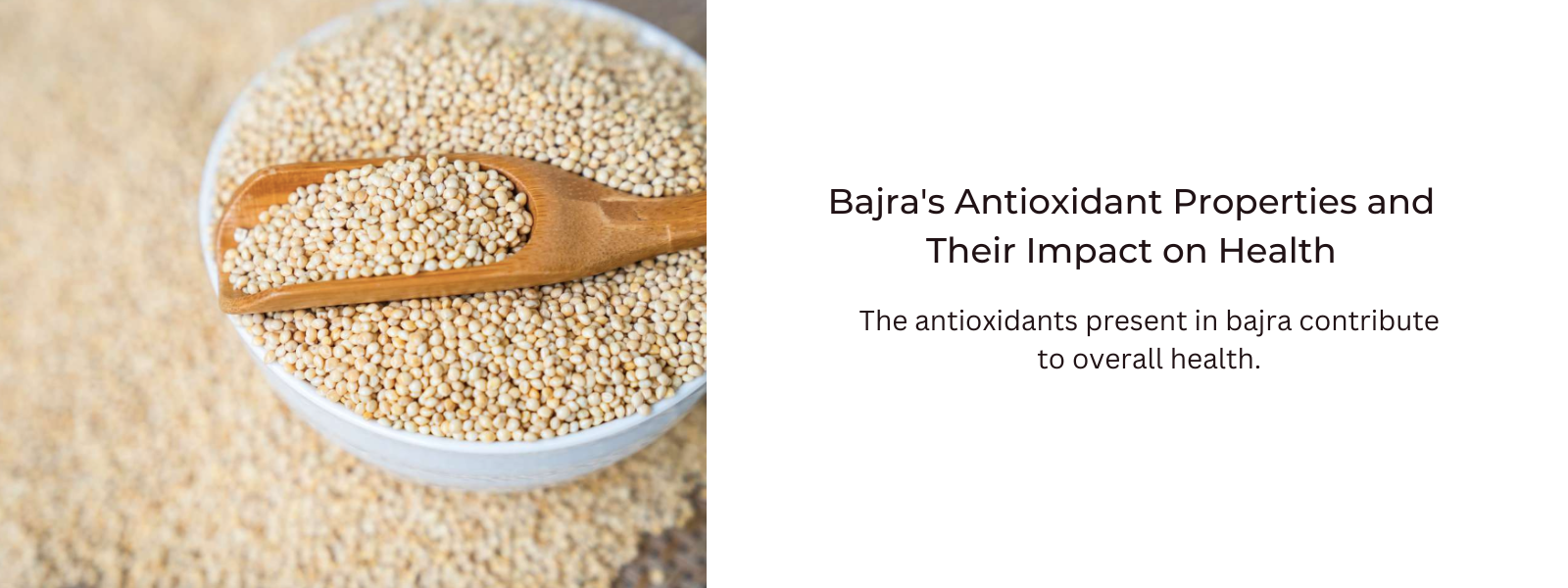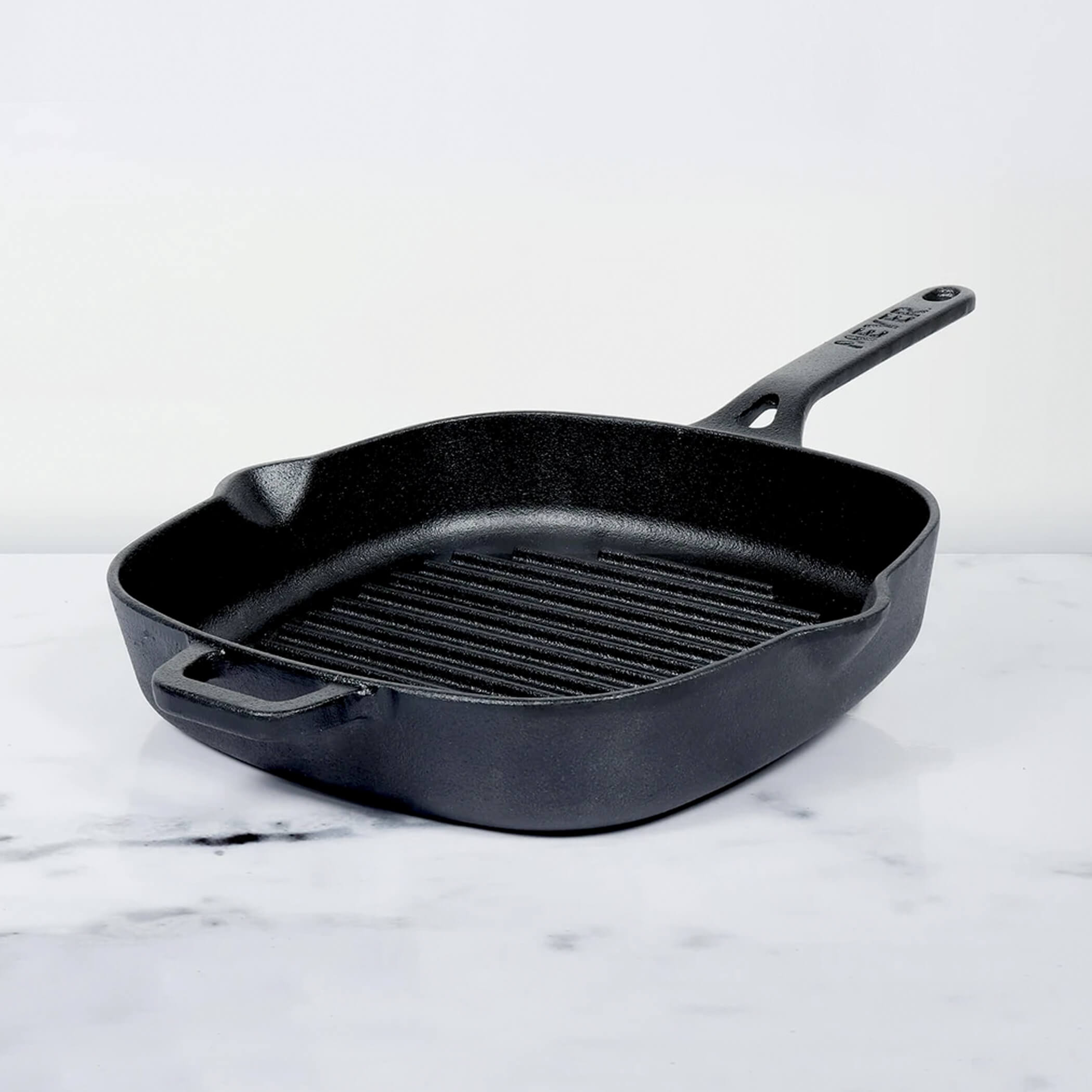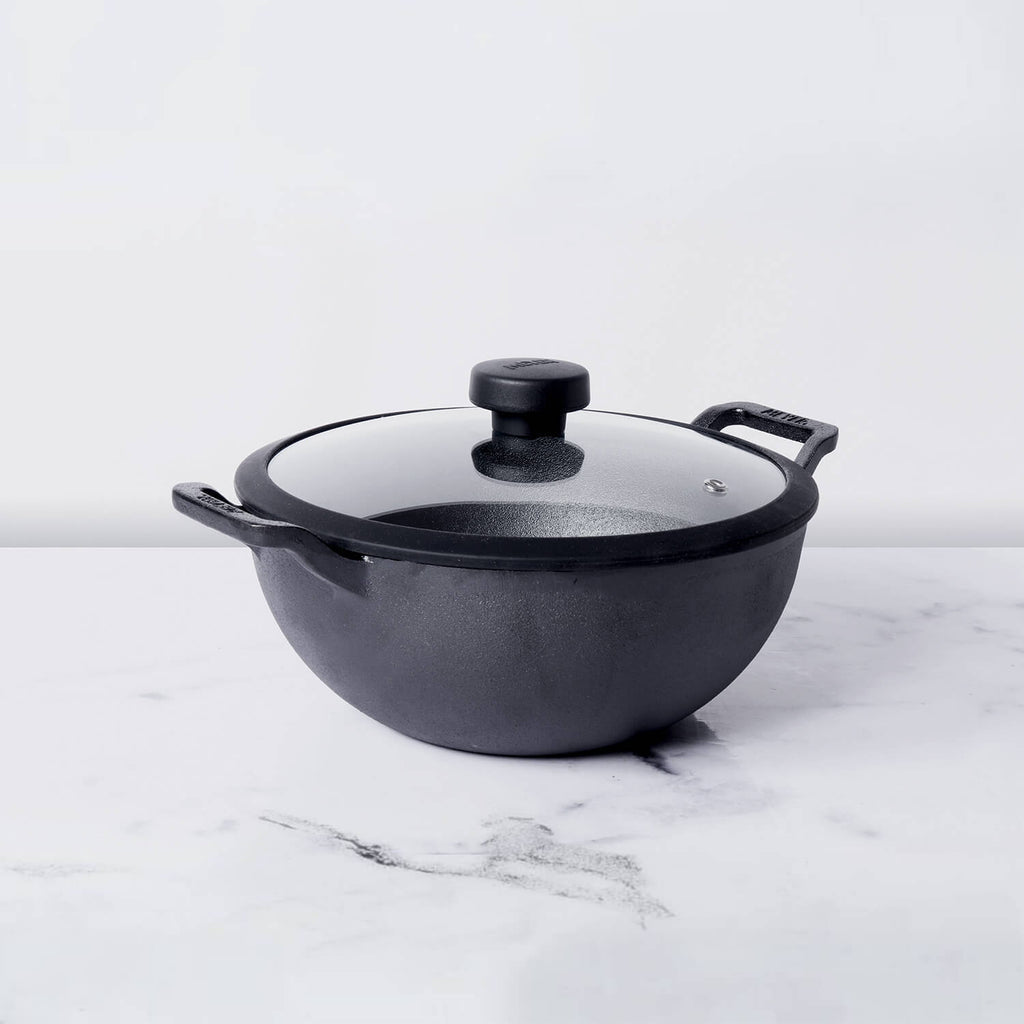Bajra, or pearl millet, offers various nutrients like calcium, magnesium, and phosphorus, which play significant roles in supporting bone health. Calcium is crucial for maintaining bone density and strength, while magnesium aids in bone formation and metabolism. Additionally, phosphorus works alongside calcium to ensure optimal bone health. Regularly including bajra in your diet, such as through bajra rotis (flatbreads) or porridge, combined with other nutrient-rich foods, can contribute positively to bone health when part of a balanced diet and a healthy lifestyle.
Table of Contents
What Is Bajra?
Bajra, also known as pearl millet, is a type of grain that belongs to the millet family. It's a staple crop in parts of Africa and Asia, particularly in regions with dry climates and less fertile soil, as it's well-suited for cultivation in such conditions. Bajra is a gluten-free grain and is rich in various nutrients like protein, fiber, essential minerals (such as calcium, magnesium, and iron), and vitamins. This versatile grain is used in various culinary preparations, including flatbreads, porridges, beverages, and savory dishes, making it an integral part of many cuisines around the world.
How Does Bajra Support Bone Health?
Bajra offers several nutritional benefits that support bone health. It contains essential minerals like calcium, magnesium, and phosphorus, which are integral for maintaining strong and healthy bones.
- Calcium: Bajra contains a moderate amount of calcium, essential for bone structure and strength. Adequate calcium intake helps in preventing bone-related issues like osteoporosis.
- Magnesium: This mineral works in conjunction with calcium and aids in bone development and strength. It contributes to the structural development of bones and assists in calcium absorption.
- Phosphorus: Bajra is a good source of phosphorus, which is vital for bone mineralization. It collaborates with calcium to ensure bone health and integrity.
What Makes Bajra Popular In India?
Bajra holds significant popularity in India owing to several reasons. Primarily cultivated in arid and semi-arid regions, bajra is a drought-resistant grain, making it suitable for cultivation in diverse climates, especially in regions where other crops might struggle to thrive. Its versatility in culinary usage stands out, particularly in Indian cuisine, where it's used to make traditional flatbreads like "bajra roti" or "bhakri," porridges, and even as a base for snacks and dishes. Besides its culinary versatility, bajra is highly nutritious, rich in fiber, protein, essential minerals like calcium and magnesium, and possesses a low glycemic index. This combination of adaptability, nutritional value, and cultural significance has contributed to bajra's widespread popularity in Indian households for generations.
Popular Bajra Recipes:
Some popular bajra recipes include:
- Bajra Roti/Bhakri: This is a staple flatbread in many Indian households, especially in regions like Rajasthan and Gujarat. Bajra flour is kneaded into dough, rolled out, and then cooked on a griddle. It's often served with ghee (clarified butter), curries, or pickles.
- Bajra Khichdi: A nutritious and comforting dish made by cooking bajra with lentils, vegetables, and spices. It's a wholesome one-pot meal and is often enjoyed during winters.
- Bajra Raab: A warming and nourishing drink prepared by boiling bajra flour with water or buttermilk, often sweetened with jaggery or sugar. It's consumed as a healthful beverage, especially during the cold season.
- Bajra Kheer: Similar to rice kheer (a type of pudding), this dessert is made by cooking bajra with milk, sugar, and flavored with cardamom, saffron, and nuts.
- Bajra Pakoras/Fritters: Bajra flour mixed with spices, chopped vegetables, and herbs, formed into small fritters and deep-fried until crispy. It's a popular snack during monsoons or chilly evenings.










Leave a comment